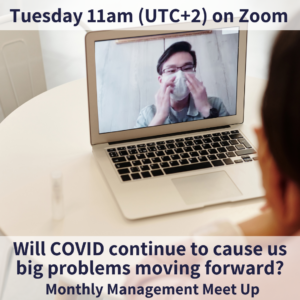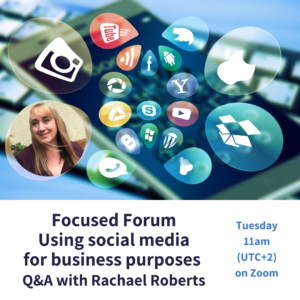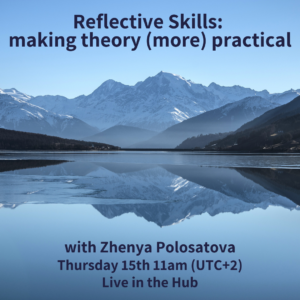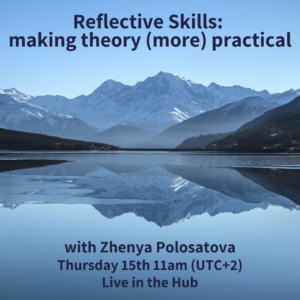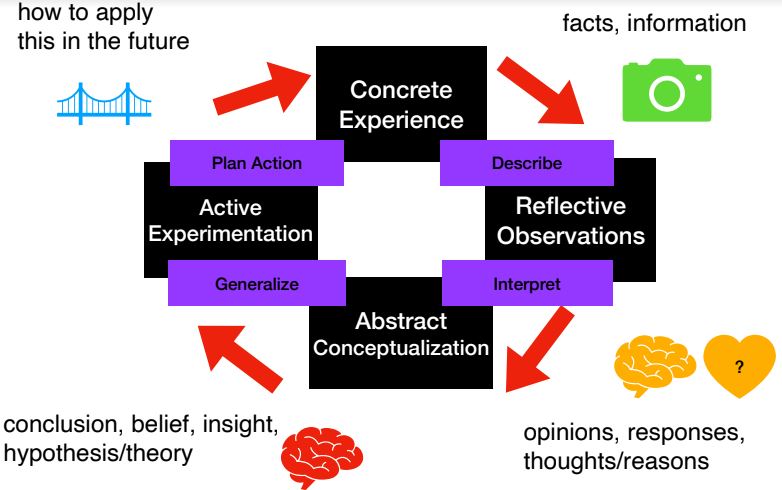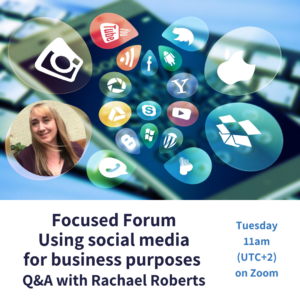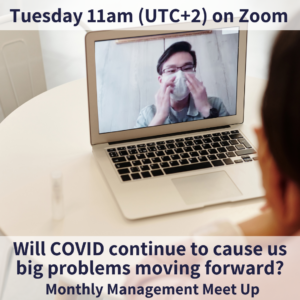

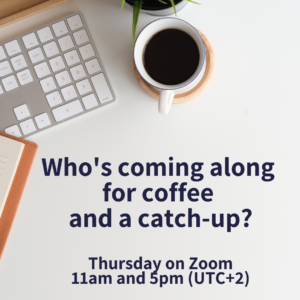
It’s Friday and time for our weekly Hub digest and there have been lots of excellent questions coming up in the Hub over the previous week. We shared thoughts on what a good teacher might look for in a school and if you’re involved in ELT management and hiring, it’s well worth checking out what some of the suggestions are. There were also discussions around alternatives to the n-word, a question about selling editable resources and a link to a podcast episode of teachers talking about working with learners who are neurodivergent or who have dyslexia or other first language difficulties.
Our Wednesday Question this week was a follow-up to a great webinar about developments in ELT over the next five years. In the Monthly Management Meet Up on Tuesday, we chatted about what the more immediate future holds, thinking about COVID and the problems we might continue to face moving forward. And we rounded off the week with our fortnightly coffee breaks, with interesting chat including working in multilingual classes and how we imagine materials might become more inclusive and representative in the future.
Coming up next week, we have our inaugural Speakers’ Corner event on Tuesday – three speakers sharing their thoughts in a five-minute presentation followed by time to discuss their topics in groups. And on Thursday, we’ll be joined by the amazing Romina Muse in a webinar on stories to transform challenging behaviour. See you there!

